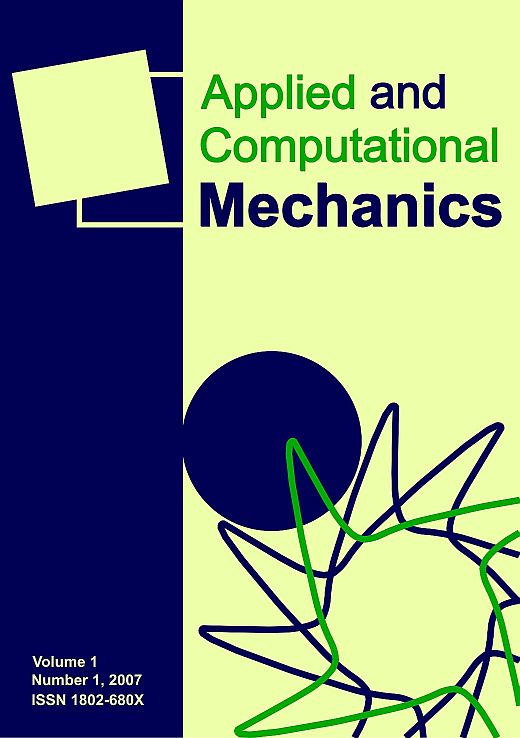Reconstruction of a fracture process zone during tensile failure of quasi-brittle materials
Keywords:
cementitious composites, fracture, quasi-brittle, fracture process zone, multi-parameter linear elastic fracture mechanics, effective crack model, cohesive crack model, Rankine strength criterionAbstract
The paper outlines a technique for estimation of the size and shape of an inelastic zone evolving around a crack tip during the tensile failure of structures/structural members made of quasi-brittle building materials, particularly cementitious composites. The technique is based on an amalgamation of several concepts dealing with the failure of structural materials, i.e. multi-parameter linear elastic fracture mechanics, classical non-linear fracture models for concrete (equivalent elastic crack and cohesive crack models), and the plasticity approach. The benefit of this technique is expected to be seen in the field of the determination of fracture characteristics describing the tensile failure of quasi-brittle silicate-based composites. The method is demonstrated using an example of a (numerically simulated) fracture test involving the three-point bending of a notched beam and validated by experimentally obtained results of three-point bending and wedge-splitting tests taken from the literature.Downloads
Published
30-Dec-2010
Issue
Section
Articles
License
Copyright (c) 2016 Applied and Computational Mechanics

This work is licensed under a Creative Commons Attribution 4.0 International License.
How to Cite
[1]
V. Veselý and P. Frantík, “Reconstruction of a fracture process zone during tensile failure of quasi-brittle materials”, APPL COMPUT MECH, vol. 4, no. 2, Dec. 2010, Accessed: Dec. 31, 2025. [Online]. Available: https://acm.kme.zcu.cz//article/view/70







